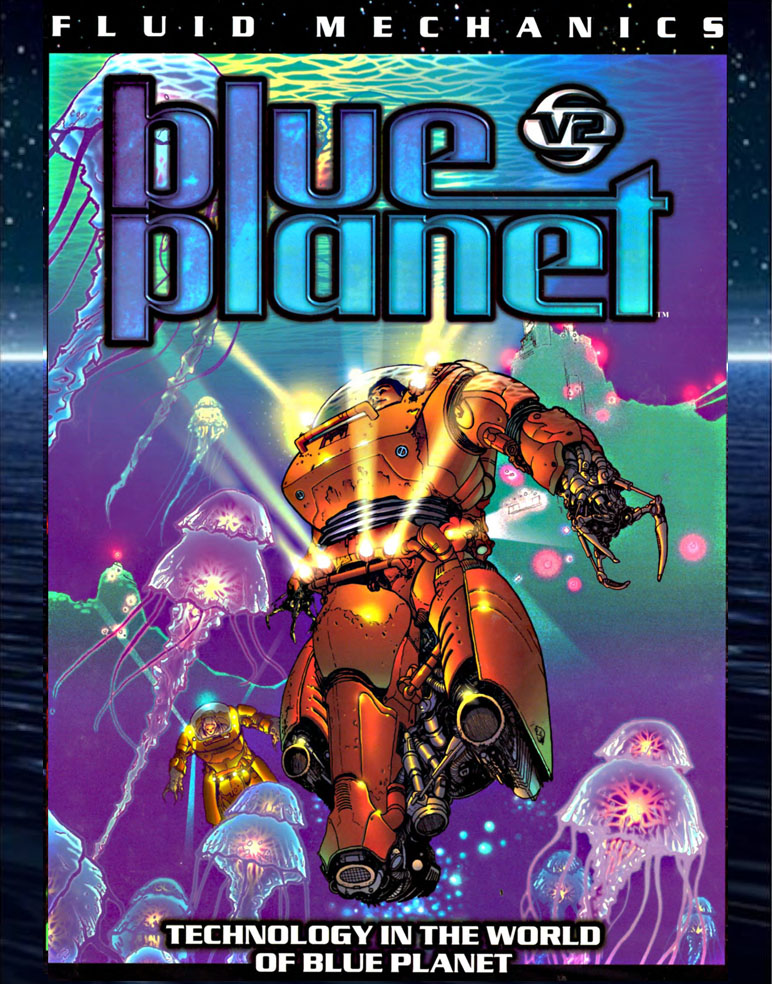It’s time for the thrilling finale!
The villain gives a little monologue, the initiative dice roll, and now it’s time for an epic—
Oh. Never mind. The PCs already killed him.
It turns out it’s quite difficult to keep a single target alive when five highly trained killing machines (i.e., the PCs) are highly motivated to simultaneously release all of their death-dealing abilities on them. (Particularly if your stat blocks are simulating reality and/or you want that same stat block to function as Not a Boss™ in other situations.) So this is a systemic problem that you’ll find in a lot of different RPGs.
There are various solutions to this – mechanical, structural, and otherwise – but here’s one that works surprisingly well:
Have the boss show up AFTER the fight starts.
In other words, the PCs get into a fight with a bunch of the bad guy’s minions, and then two or three rounds later the bad guy shows up:
- The door is slammed open dramatically!
- The summoning ritual completes and the demon materializes!
- They teleport in with reinforcements!
- A helicopter swoops down from the sky and they jump into the middle of the melee!
- They were invisible the whole time and suddenly reveal themselves!
- A car with blackout windows drives through the wall of the warehouse and the vampire lord leaps out!
However the bad guy makes their dramatic appearance, this has three effects.
First, it’s a cool and memorable moment. This really shouldn’t be undervalued.
Second, the PCs will already be engaged with other bad guys. Their tactical positions may be far muddier than they were at the beginning of the fight. They are likely to have already blasted some of their most powerful combat options. In other words, it will be much more difficult for the PCs to focus their fire on a target that appears in the middle of the fight than one that’s available when the fight begins.
Third, even if they do wipe out the boss nigh-instantaneously, you’ll have pulled off an important bit of legerdemain: Yes, the boss died in two rounds. But that didn’t happen until the fourth or fifth round of the fight. So it will, no matter how illogically, feel like a big, satisfying fight instead of a curb-stomping.
Another variant here is to have the bad guys retreat to wherever the boss is, drawing the PCs after them in pursuit. This inverts the dynamic while expanding the encounter’s theater of operations and giving it a more epic scope.
It should also be noted that this whole dynamic can often organically arise if you’re using adversary rosters (either because the PCs are pulled into a running fight that takes them to the boss or because the boss is drawn to them).
You shouldn’t do this every time, of course, or it will become predictable and trite. (Although with enough variation in the boss’ dramatic entrance you can cover your tracks quite a bit.) But it’s definitely something to keep in your toolbox.
















